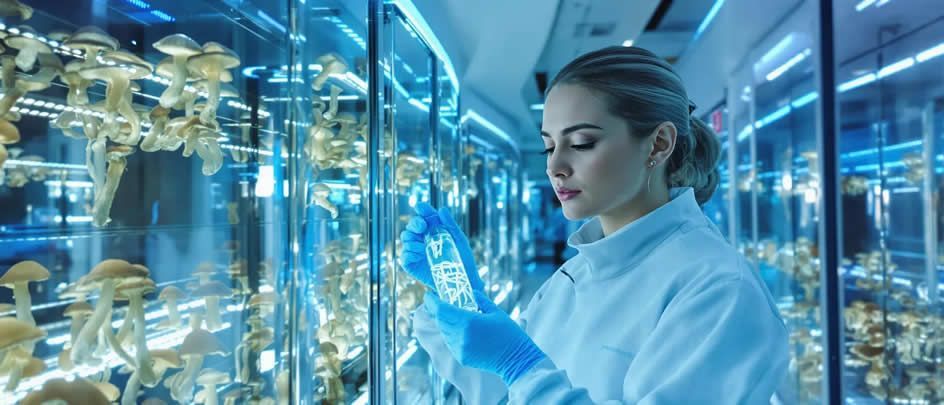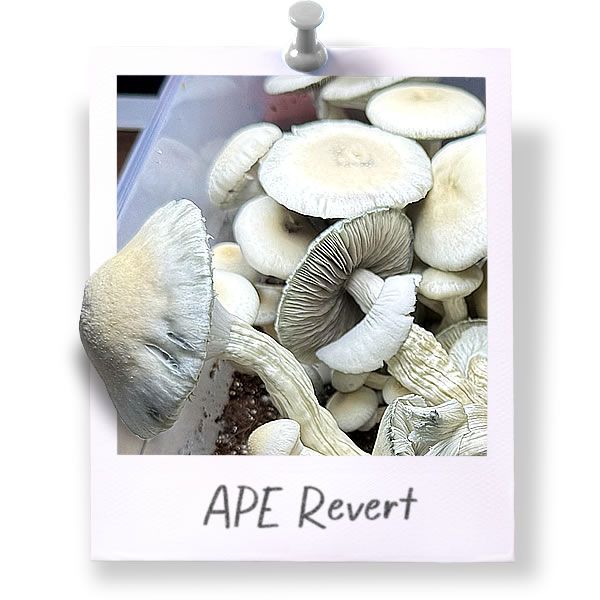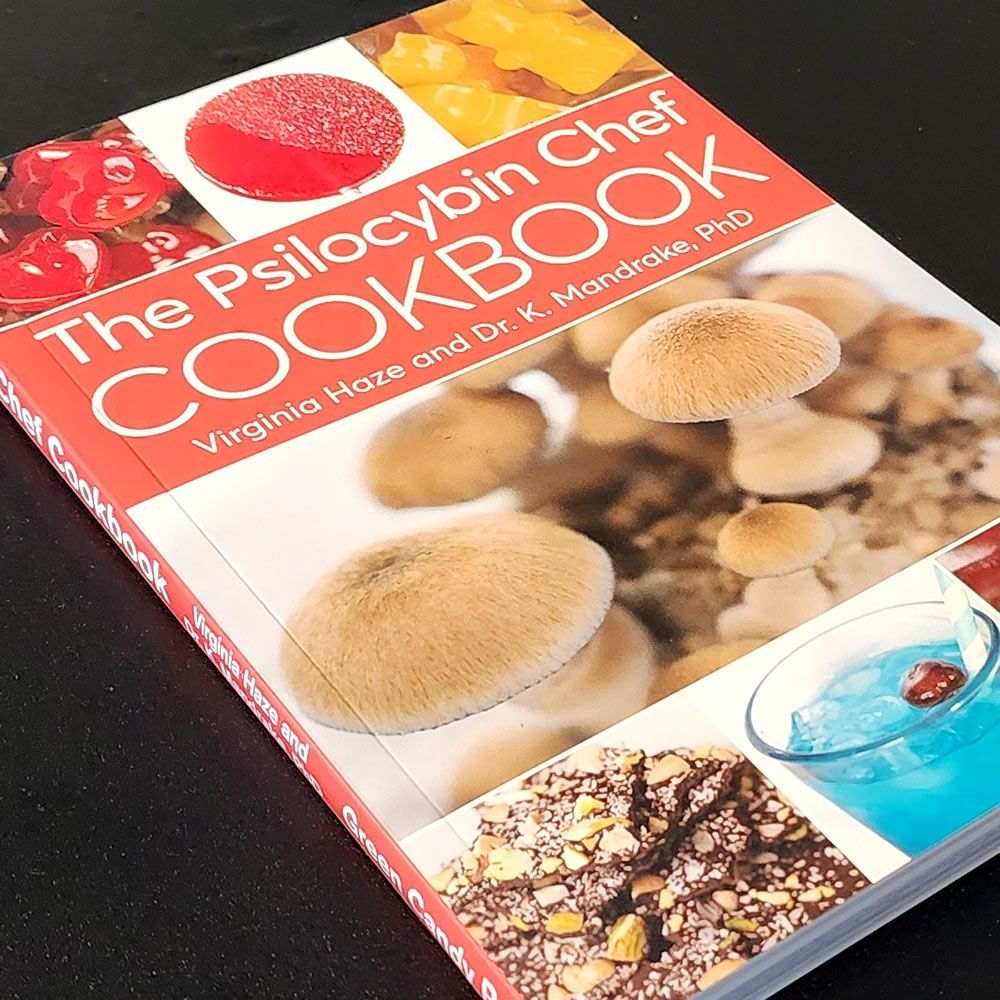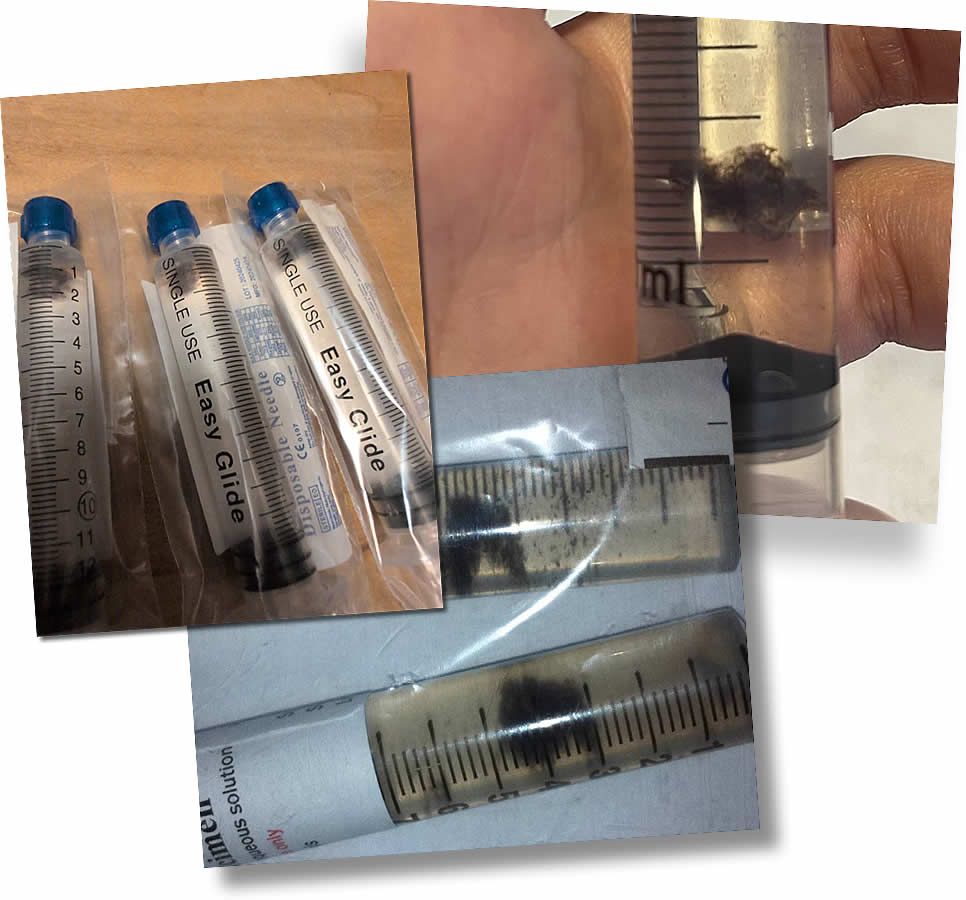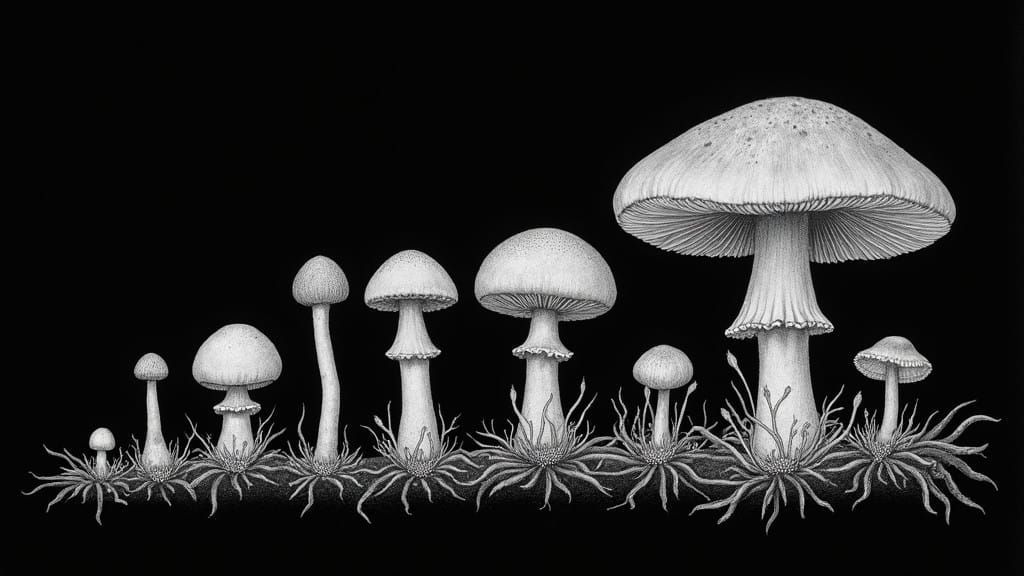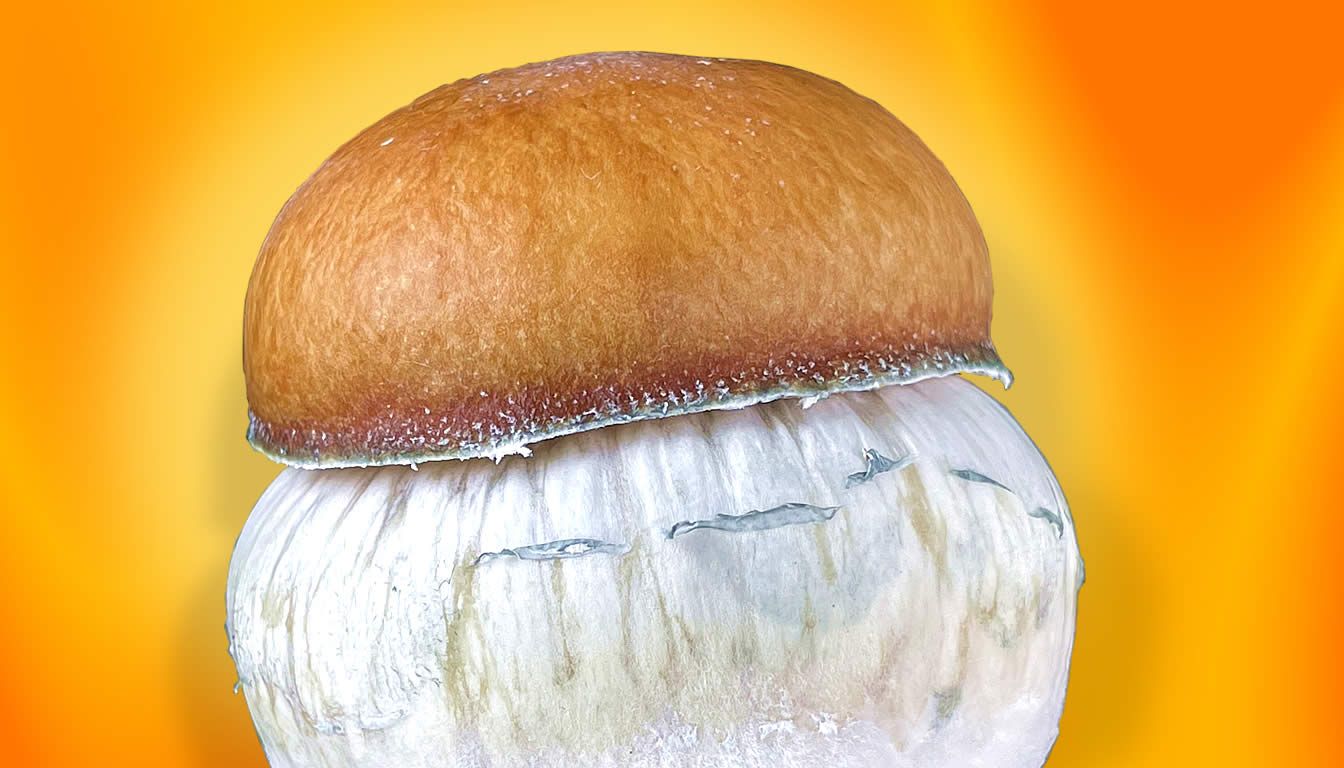Albino Penis Envy Revert: A Deep Dive into Its Evolution and Cultivation
How humans effect the evolution of cubensis mushrooms
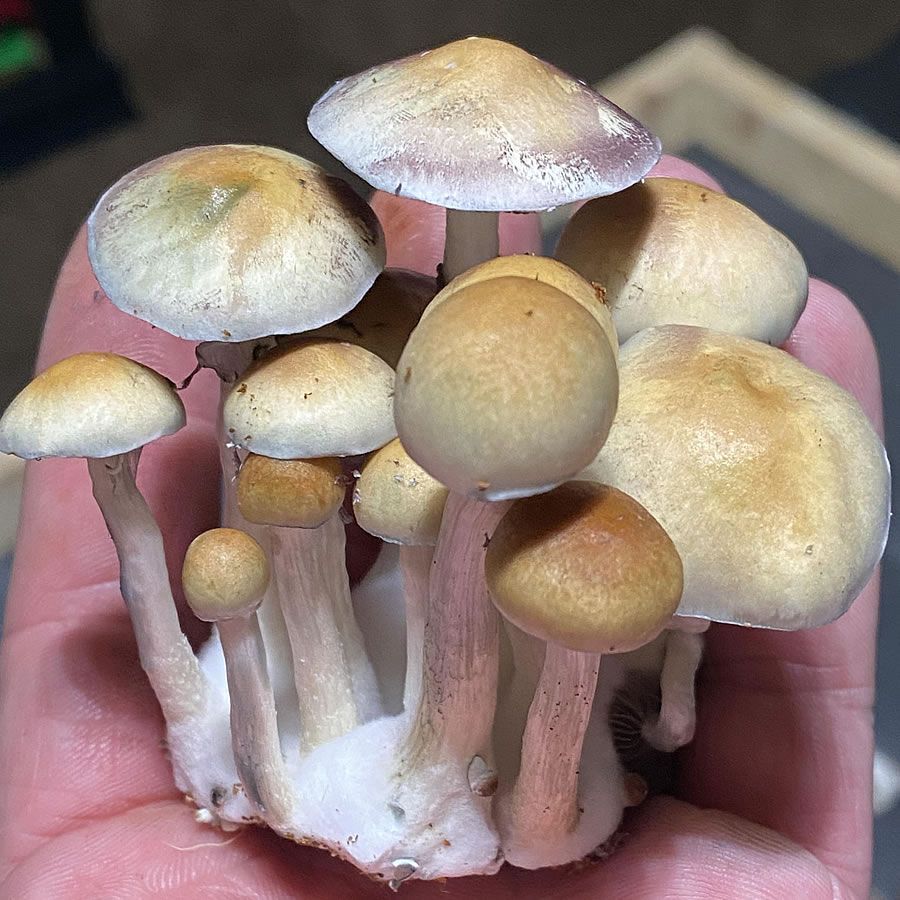
If you’ve spent any time in the mycology scene, you’ve probably heard of Albino Penis Envy Revert (APE Revert). This variety has a fascinating history that ties back to some of the most legendary Cubensis strains ever collected. But what exactly is a "Revert"? And how did this specific variety evolve from the infamous Penis Envy (PE) lineage? Let’s break it all down.
What Is a Revert?
In mycology, a Revert happens when a cultivated mutation of a mushroom starts expressing traits closer to its ancestral form. It’s like a genetic throwback. This can occur for various reasons, including genetic instability, environmental influences, or selective pressures over time.
In the case of APE Revert, this variety originates from Albino Penis Envy (APE)—a highly sought-after mutation of PE that produced pale, ghostly mushrooms due to its leucistic genetics. However, over time, some specimens began showing partial or full reversion to the golden-brown color typical of Cubensis. While APE itself rarely drops spores, the Revert regains better spore production, making it a more practical choice for microscopy and long-term cultivation projects.
The Origins of Penis Envy
To really understand APE Revert, we need to rewind to Penis Envy, arguably the most famous and potent Psilocybe cubensis variety. The original PE was reportedly discovered in the Amazon rainforest by ethnobotanist Terence McKenna and later refined into the thick-stemmed, bulbous-capped variety we know today. PE was selectively bred to enhance its size and potency, but a side effect of this breeding process was poor spore production.
This made Penis Envy a challenge to propagate, often requiring cloning or agar work rather than spore prints. Over time, mycologists began working on stabilizing PE’s genetics, leading to different sub-strains—one of which was Albino Penis Envy (APE).
The Birth of Albino Penis Envy (APE)
APE is a cross between Penis Envy and Albino A+, two of the most iconic Cubensis strains. This combination produced a leucistic (not truly albino) variety that carried PE’s signature thick structure while taking on the pale-white coloration of Albino A+. The spores of APE are clear, making traditional spore prints nearly impossible.
This variety quickly gained popularity for its unique look, slow-growing but dense fruits, and extremely high potency. However, due to its unstable genetics, variations began to appear—including APE Revert.
The Emergence of APE Revert
Over time, growers started noticing that some APE specimens were reverting to a more standard Cubensis appearance. Instead of the ghostly white fruits, these mushrooms began displaying caramel-colored caps and slightly more elongated stems, while still retaining many of PE’s hallmark traits.
Unlike PE or APE, which struggle with spore production, APE Revert is a prolific spore depositor. This makes it a much more practical choice for spore collectors and researchers who want to work with Penis Envy genetics without dealing with the challenges of low-spore production.
Evolution and Human Influence on APE Revert
The continued evolution of APE Revert is a great example of how human intervention influences mushroom genetics. Over time, cultivators selectively grow and clone mushrooms with desirable traits—sometimes stabilizing mutations and sometimes allowing genetic diversity to re-emerge.
The fact that APE has started reverting suggests that its leucistic traits may not be as stable as originally thought. This means that future generations of APE Revert could continue to change, potentially developing even more distinct characteristics depending on how growers select for traits.
Growing APE Revert: Personal Experience
From my own experience growing APE Revert, it behaves more like a hybrid between PE and a standard Cubensis variety. It’s not as slow-growing as true PE, but it still takes longer than your average Cubensis. The fruits are thick, dense, and sometimes prone to mutants, which is pretty common in anything with PE lineage.
One thing I love about APE Revert is that it actually drops spores, making it way easier to collect and work with compared to PE or APE. If you’ve ever struggled with getting a viable spore print from classic PE, you’ll appreciate how much simpler it is with APE Revert.
Another observation is that it benefits from slightly higher humidity than standard Cubensis. PE genetics often have thicker cell walls, which means they thrive in environments with more consistent moisture. Keeping humidity in the 85-90% range seemed to encourage better pinning and healthier fruits.
Where to Find APE Revert Spores
If you’re interested in working with APE Revert spores for microscopy or research, you can find high-quality spore syringes at Spores101.co. This variety offers a unique look into the evolving genetics of the Cubensis world and is a must-have for serious collectors.
APE Revert is a perfect example of how mushroom genetics are constantly in flux, especially with human cultivation playing a role in shaping their traits over generations. Whether you’re studying its spores under a microscope or testing its growth characteristics, it’s a fascinating variety that bridges the gap between classic Penis Envy and more standard Cubensis forms.
Have you ever worked with APE Revert? Drop a comment below with your experiences—I’d love to hear how it performed for you!
